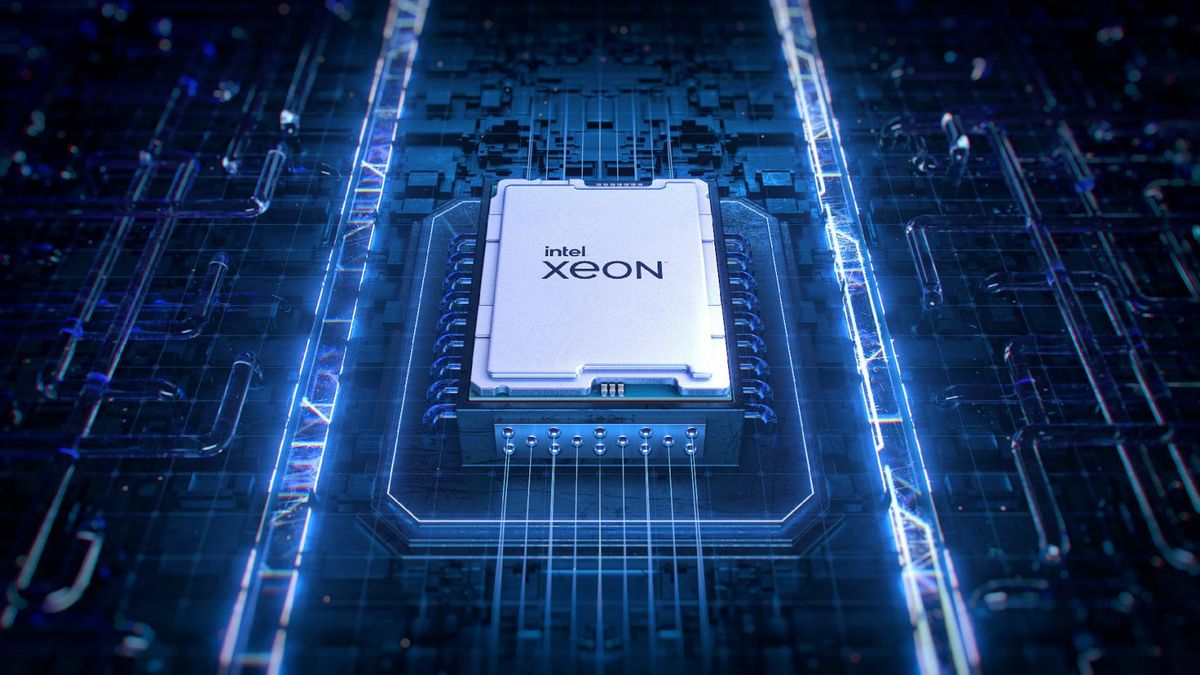
Details have emerged about the recent world record achieved by Elmor, a professional overclocker, using Intel’s fastest single-socket processor, the Xeon W9-3495X, running on Maxon’s popular 3D renderer, Cinebench R23, a staple across many workstation PCs.
It was cooled down to -92.8 degrees Celsius (-135 degrees Fahrenheit) and boosted to 5.5GHz – across all 56 cores – using liquid nitrogen; a significant increase as its base frequency is 1.7GHz (with the CPU consuming 350W) and a max turbo frequency of 4.8GHz (consuming 420W doing so).
At its peak, the entire workstation drew almost 1.9kW (which is about what a tumble dryer or a hairdryer pulls in) and required a pair of 1.6kW PSUs to feed it; we neither know how much power the CPU drew on its own nor what the components were (which would have allowed us to make a reasonable calculation).
It did hit more than 132,000 points, which was the world record. That exercise, though, as I highlighted in a separate article, is great for the headlines but it doesn’t say much about real life performance especially as it doesn’t provide a clear indication of what the performance of future CPU families will be.
Raw clock speeds tend to be an expensive way – in terms of resources – to reach a certain performance level which explains why even Intel is now resorting to so-called Performance and Efficient cores in its mainstream processors, something that Arm introduced 12 years ago with the big.LITTLE paradigm.
Extreme cooling is here to stay
As for cooling with liquid nitrogen, while there’s no way this will become mainstream amongst consumers, there’s a huge market for cooling systems and coolants in the data center where hyperscalers spend millions of dollars to move extra heat outside of servers and other infrastructure.
Beyond the usual water cooling solutions popular with gamers and traditional overclockers, companies like Microsoft, Intel and Google are betting big on something called liquid immersion cooling where the server hardware is literally submerged in tanks of non-conductive fluid, in a similar way to how an oil heater works.
Smartphone vendors have also found innovative ways to dissipate heat in an economical and efficient way (remember that they can’t afford fans). Solutions like vapor cooling systems cannot unfortunately be scaled out for systems that require more heat to be evacuated.
Via Tomshardware and HardwareLuxx
Services Marketplace – Listings, Bookings & Reviews
